I just recently visited a friend – Nadia – she is a music lover and her vinyl-based rig consisting of some vintage components is located in the kitchen. As opposed to me she listens to music while she is cooking or doing something else in the adjacent room or when simply chilling out on the veranda. On contrary at my place I always listen intently and in front of the audio system. But I did enjoy the evening we spent on the veranda chatting about things, drinking and laughing with couple of fellows.
Although her system doesn’t reproduce the finest nuances and the records being played were far from perfect the music coming from the kitchen was full of life and complemented our evening with mood enhancing vibes. Some days later during a phone call I mentioned that her choice of music was perfect and that I especially liked one LP featuring dub covers of Pink Floyd’s The Dark Side of The Moon. She was pleased and everything but what I didn’t expect is that few days later I will receive a copy of the same album called Dub Side of The moon.
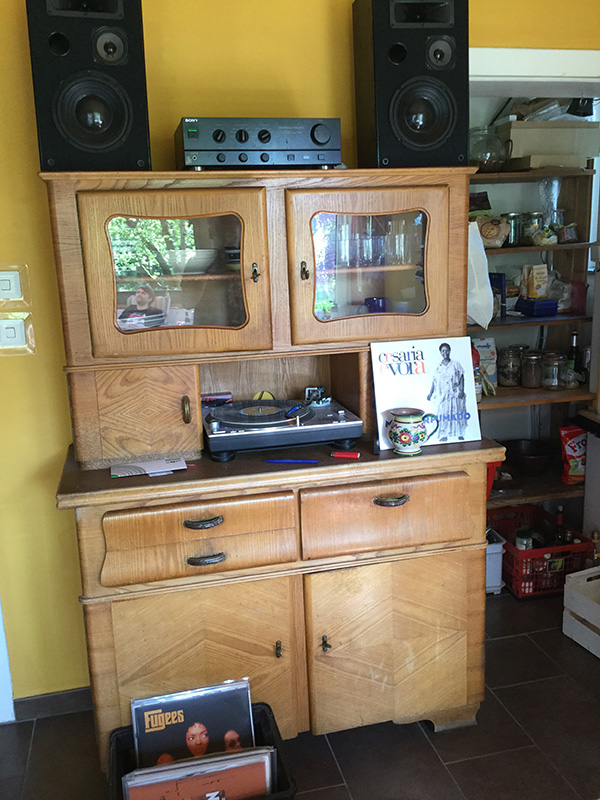
Though I liked the music as a background, I generally don’t listen to popular music intently. Also sonically this LP is a typically compressed studio recording that my Audio Note system rendered almost unlistenable to me. This whole thing bothered me because I was not sure if I should give her a honest feedback when being asked for it or not. Sure, I won’t lie her and if she asks I will have to tell her the truth that I am listening exclusively to jazz and classical from very few particular labels. I hope she will understand.
This experience made me realise how far I’ve gone from the norm and how big the gap is between an audiophile as I consider myself and a music lover.
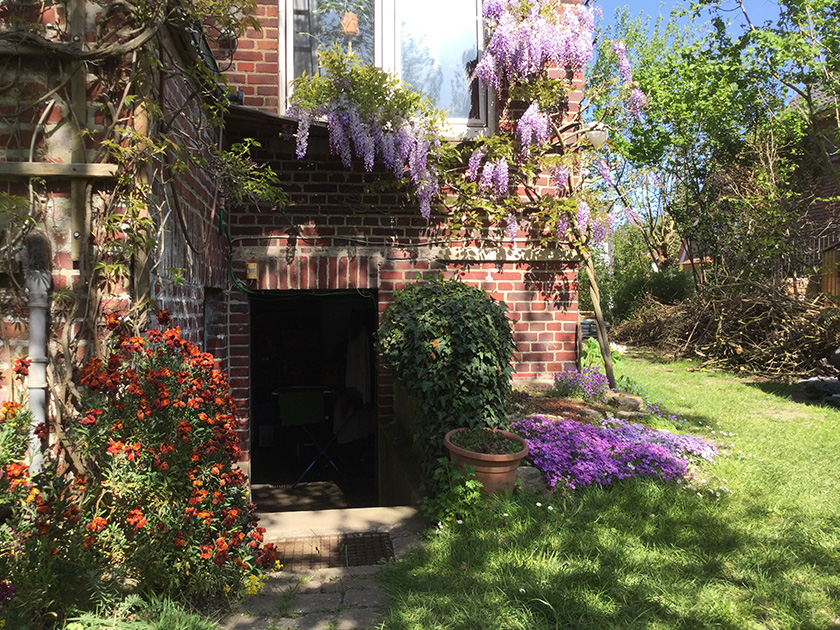
Eventually I became aware that being an audiophile is a curse and a blessing at the same time. It is a curse because the record quality turns out to be a major factor for achieving satisfaction – therefore the scope of the program that fulfills this criteria gets severely reduced. It is a blessing because the effect of the music, however limited in scope, becomes way more profound on psychological and even biological level. I would say that the record is the king – it should be natural to really enjoy it in the transcending audiophile way I am used to.
Except for the attention paid to the record quality another thing that sets apart an audiophile from a music lover is the special relation with the equipment. As opposed to the casual music lover an audiophile strives toward better reproduction, which usually means that hardware and program are of similar importance. At the end it is the hardware that unlocks the program and allows one to appreciate not only the music but its flow, the timbres, the reverberant envelop of the space and the subtle interplay between acoustic of the venue and artist’s interpretation.

I also think that one shouldn’t fix his attention on the music but let it be and concentrate on something else. For me it is the tone of the instrument being played and the acoustics of the space that allows me to sink easily and get carried away by the flow of the music. As it turns out the tone, the sound of the instrument could also be the driving force behind the music itself. In the liner notes to his latest ECM release End to End the double bass player Barre Phillips is quoted to say that what makes him going is the sound:
It took four or five years until I discovered what it really was that got me going. I mean precisely what it was. And that was: sound. The sound of the bass. I can get in trance with that. And I have learned since how to do that. It’s like yogic exercise in a sense. And when I get in trance the stuff starts coming out.
Barre Phillips
We audiophiles listen not just to music but to the sound and I consider both equally important, thus I can’t understand people using the word “audiophile” in pejorative sense as reference to a person preoccupied with the sound instead of music. The sound is universal, it could be deep therapeutic sound, sound of nature, of birds and streams, of pouring rain.

Now I might sound as a self complacent nerd who pretends that has already climbed the audiophile Olymp, but I have to tell you dear reader that I have gone through moments of desperation and I’ve struggled to get where I currently am, moments bitter with resignation and loss of faith, but somehow with persistence and a bit of luck I went through. It wasn’t long time ago when I thought I better give up and dedicate my energy to something more sensible than chasing the illusive real sound. The thing is that the human is insatiable being and once one have a glimpse into what is possible, one always wants more.
I went through an endless period of adjustments and occupation with the smallest details that was threatening to become obsession because of their significant impact on the quality. I had to decide if the spikes should be secured to the speaker stand’s plates with nuts or not, or should the top plate use 3 instead of 4 spikes to couple with the speaker for example. But then the question arise – how to listen and what to listen for, has the sonic contrast between these two records been increased or reduced, has the specific sonic signature I hear across different records contributed by the stands’ own resonant behavior vanished or not, and so on. One can really get nuts being pressed under the weight of all these questions, so I struggled and spent months practicing judgement while trying to get the maximum out of the system.
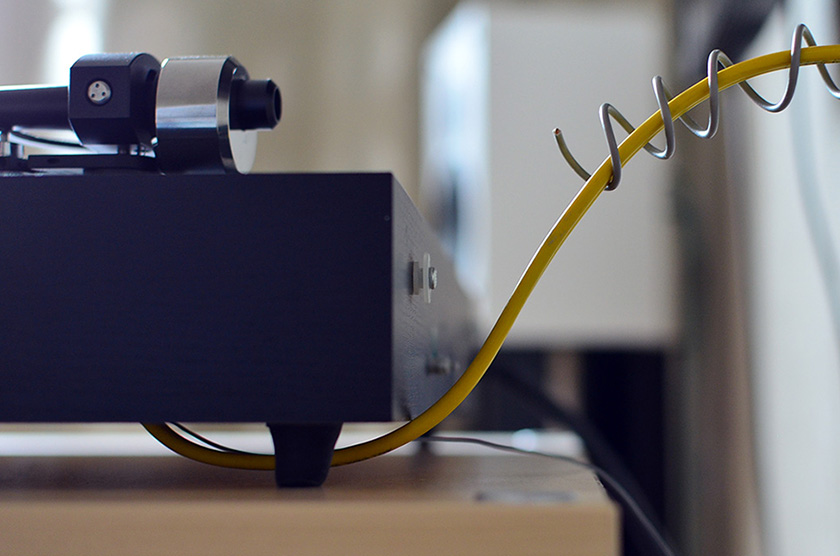
I often got tired and frustrated, reverting the settings I made the night before and starting from scratch. And again I would reach a point considered a pinnacle just to realise shortly after that it was another succession of wrong decisions that brought me there. At some point I though I am going crazy, it can’t be so bad – tweaking, reverting, adjusting, everything except joy of listening to music.
Although I have never been so close to the real thing I started to think that, even though I may not like it, the groove modulations are nothing more than mechanical equivalent of electrical signals. Yes, they might carry the emotional charge of the performance but for absolute authenticity is pointless to speak. Our minds adjust differently when we are attending live performance compared to when we sit in front of the audio system. We should stop delude ourselves that we are part of the audience in a concert hall and face the truth in the eyes – whatever we are doing at home in front of the audio system, it is something very different from attending a concert or encounter live music on the street.
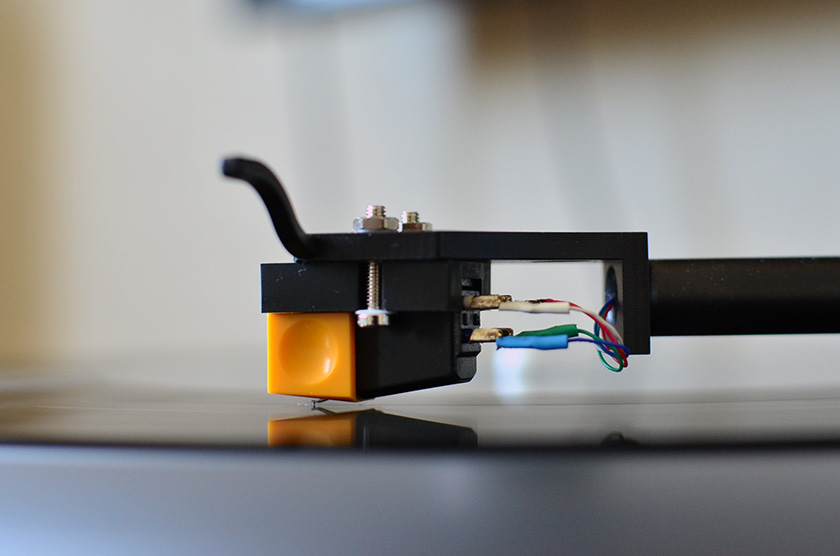
All these thoughts didn’t make my life easier but somehow they got me sober and cleared the way forward. The enlightenment came with the idea that we have to forget about the concept of searching for deficiencies in the reproduction, because if we search – we will find some. The only thing we should be interest in is the pleasure – from listening to music. Is it there or not – that is the question. As Sigmund Freud pointed out long ago the pleasure principle is what drive us – seeking of pleasure and avoiding pain to satisfy biological and psychological needs. In no case listening to music should cause pain, this is counter intuitive and unnatural to the human nature, but also something we may forget during critical listening.
I felt that instead of looking for deficiencies I should direct all my attention into detecting whether pleasure exists or not, and if exists – to what extent. It is way more rewarding and calming down to search for perfection instead of imperfection, it is a mindset.
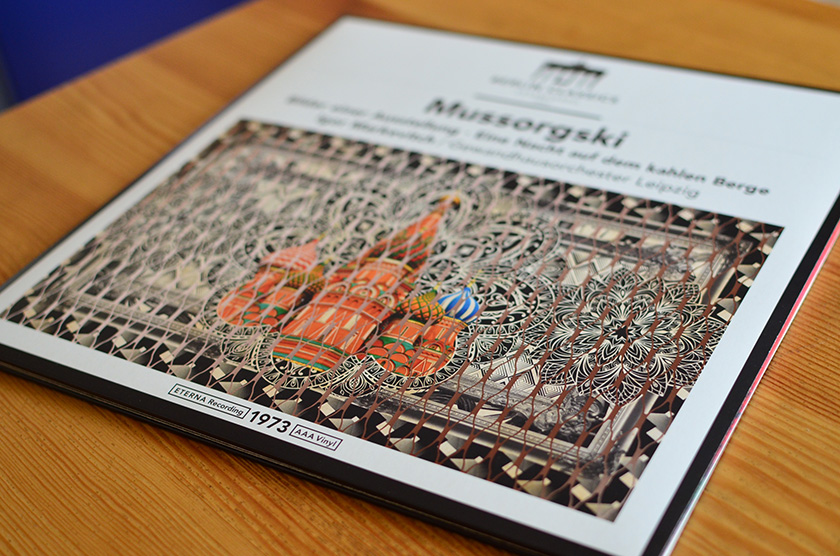
I can tell you that after I started to apply this principle I revisited many decisions taken in the past and the fruits of this process are already ripening. I am listening to music again and I enjoy it immensely.
Thank you for stopping by and always happy listening!

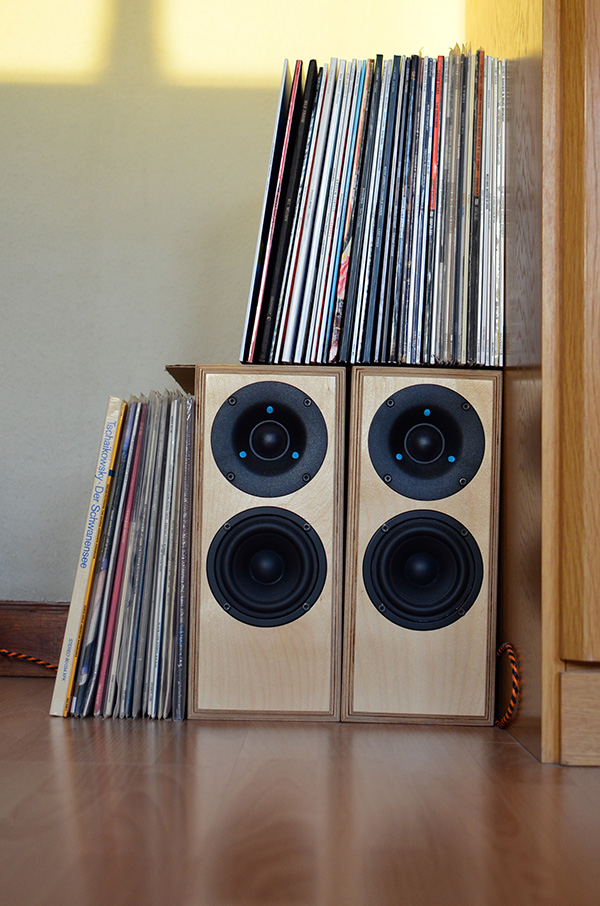
What had happened to the Micoblocks Dimitar?, how do they compare to the AX?
Sorry for the late reaction Bram, I hope my Audio Note AX-Two loudspeakers review answers your question.
Yes it did Dimitar, and what about the single point Fostex?, how do they compare when you listen back to them?
Is timbre winning from imaging?
The single-driver back-loaded horns are also very nice speakers, they do excel in low-level detail retrieval and coherency but the fidelity is ruined by the bumps in the frequency response and uneven decay time in the bass region caused by the horn function. I also feel these horns need bigger room than mine, it is better to listen to them from a certain distance that I could not afford in the limited space I inhabit. I already sold them by the way and the new owner is very happy with them. I feel Audio Note AX-Two are better suited for this particular room and I don’t regret departing with the horns.
Understood, i’m listening to backloaded FE83EN in a 40m2 room.
I like the true image of the single point source, and i can live with a weaker bass, though the mid frequencies are smooth, this is a very fine unit, absolute not shouty, playing everything on it, popular and classic, i’m not playing at high levels with a direct coupled 10Watt class A amplifier, just a little loud, voices are very nice and recording spaces are very good to hear.
Hi Bram, I can perfectly understand you because I have similar preferences. It is amazing how a 3″ full range driver can grow out of itself in a well designed back-loaded horn. Are you using a Fostex recommended enclosure or some other one?
Best Regards,
Dimitar
Of audiophiles and music lovers… so true your findings. Very well written. I often drift into music genres just to listen/compare different equipment and forget about my favourite music.
Dimitar, I thought they were Bushhorns but according the original plans Buschhorns have a height of 90 cm, but my BLH’s have a height of 70 cm’s , so i can’t tell you exactly what it is.
They are so small, standing circa 2,5 meters from each other, but the real width they are imaging is more than 6 a 7 meters.
They have a very flat frequencyresponse so you can play them without a correction network.
Hey Bram, many thanks for the info. It might be that your Buschhorns are the first iteration – the MK1 version that has won the annual Visaton loudspeaker competition back in the 1993. They were designed by Dr. med. Andreas Buschhorn to be used with Visaton’s FRS 8 fullrange 3.3″ unit but people found them to work well with Fostex FE83 as well. These back-loaded horn enclosures are exactly 70 cm tall and 27.5 cm deep, here there is a link to the enclosure plan. I may venture to build them one day, I heard only good things about them and I pretty much like your description.
Take care,
Dimitar
Wunderschön!, das sind sie genau!
Danke sehr,
Bram
You are welcome Bram!
Stay safe and healthy,
Dimitar
Something completely different, Have you ever listened to a TDA7297 amp?
Put it on a battery, i did mine on a 19 Ah Exide from my BMW K75.
Replace the ceramic input C’s for the best you can find whatever it cost, for example PIO’s, think at least silver quality.
Ripoff the safety diode, ripoff the blue led, ripoff the 2.200uF cap, play direct on your battery.
Buy your amp on Ebay for 6$ including postage direct in china.
It’s worth the wait for it.
Good for FE83 Bushhorns, good for Tannoy monitorgold 15inch, Kef Cresta2 and many others, google!
Enjoy!